When Henk and I were invited on a Crystal River Cruise down the Danube, I have to admit that I was particularly excited to see Budapest, one of the oldest cities in Europe and the final stop on our voyage. Neither Henk nor I had ever been to Budapest, but we had heard great things about this city and were anxious to see if it lived up to our expectations. The short answer is that it did – and then some. We were so impressed by this historic city that we wished we had more time to visit, but we did manage to make the most of our 2 days in Budapest. You can too, with this guide we’ve put together for what to see and do in Budapest, even if you only have a short time. (Plus a couple of suggestions if you have a little more than 48 hours, too.)
First, Orient Yourself: Pest is East and Buda is West
Budapest is an unusual city, in that it was originally three separate cities, divided by the Danube: Buda on the west side of the Danube (the original capital of Hungary); Óbuda on the same side (the oldest city of the three); and Pest (a smaller, walled village on the east side of the river). All three cities united in 1873, to become Budapest, as the capital city is known today.
For the visitor, there are things well worth seeing on both sides of the Danube, but practically speaking, most of the hotels, restaurants and nightlife are on the Pest side – the hilly Buda side is more residential and quieter. The being said, Buda’s ‘Castle District’ offers great views and several historic sites, like Buda Castle, which houses the National Gallery among other museums.
One of the most visited sites in Buda is St. Mathias Church, which should be on every visitor’s must-do list, even if you only have 2 days in Budapest.
1. Visit St. Mathias Church on Buda hill
St. Mathias Church is one of the oldest Roman Catholic churches in the city, dating back to the 13th century when the first version of the church was built here to honour the Virgin Mary. During the seven centuries since, the church has seen kings come and go, been the site of coronations and royal marriages, suffered damage from world wars and fires, been rebuilt and restored several times, and watched as regimes rose and fell around it.
A gothic structure with a colourful tiled roof and white stone exterior, St. Mathias is strikingly beautiful on the outside, but it is the interior that makes this church so unique, thanks to an invader who came here in the mid 1500s: Suleiman the Magnificent. Suleiman was sultan of the Ottoman Empire, and when he conquered Buda, he converted St. Mathias church into a mosque. Because of this, the interior decoration is unlike most Catholic churches in Europe, with Turkish influences and patterns co-existing with vaulted ceilings and stained glass windows.
NOTE: During WWI, the priests of St. Mathias removed the stained glass windows and placed them in sand below the church for their protection. Even though half of the church was damaged and/or burned, the original stained glass survived.
Today, locals and visitors alike flock to this hill at sunset not just to visit St. Mathias, (or to take their wedding photos), but to take advantage of the views of the city from Fisherman’s Bastion terrace right beside it, another reason why this should be part of any ‘2 days in Budapest’ itinerary.
2. Take in the View from Fisherman’s Bastion
Fisherman’s Bastion is one of Budapest’s most popular destinations, and for good reason: not only is this castle-like terrace extremely photogenic itself, with its turreted towers, arched portals and carved statues, but the views from here over the river Danube and Pest are spectacular.
NOTE: Fisherman’s Bastion has 7 turrets, one for each of the 7 Hungarian tribes who founded Hungary in 895.
The view from Fisherman’s Bastion is one of the best in the city and a perfect vantage point for admiring the Hungarian Parliament Building on the opposite side of the river. One of the city’s architectural jewels, this Gothic Revival building is the third largest building in the world and one of the most breathtaking with its white limestone exterior and a picture-perfect location on the banks of the Danube.
Built in 1896 after the unification of Budapest, the Parliament Building is a symmetrical structure, with identical wings on both sides of the central dome, built this way to reflect the equality between the two houses of Parliament.
The Hungarian Parliament Building is open for public tours (providing the parliament is not meeting) but if you don’t have time to visit the interior, just seeing this magnificent building is impressive enough. And if you think it is beautiful by day, it’s even more spectacular at night!
TIP: Day cruises (or night cruises) on the Danube are a popular way for visitors to see the Parliament Buildings from the water and are available from several companies that run tours in Budapest.
3. Admire the Bridges of Budapest at Night
Every visitor to Budapest should visit the waterfront at night to enjoy the river views and admire some of the city’s bridges. There are actually 8 bridges that span the Danube between Buda and Pest, and each has its own character and history. The most famous and recognizable is definitely the ‘Chain Bridge’, which is also the oldest bridge in Budapest.
At night the Chain Bridge is illuminated, providing a wonderful focal point linking the two sides of the city. Pedestrians can cross the bridge to get equally beautiful views of either side of the river.
The Liberty Bridge (or ‘Green Bridge’ as it is known to locals) is another photogenic bridge, although very different from the Chain Bridge. The Green Bridge is made of iron and was designed by the chief engineer of the Hungarian railroads, who completed the 3-span structure in 1896. The towers and Art Nouveau trusses give the Liberty Bridge a delicate look that Henk and I really liked, whether it was bathed in late afternoon light, or glowing green at night.
4. Head to City Park via Andrássy Avenue
Budapest has a beautiful City Park on the Pest side of the city at the end of Andrássy Street, one of the city’s most famous avenues known for its beautiful mansions, galleries and shops – and one of the reasons Budapest was known as the ‘Paris of the east’. If you love walking, do the entire 2km street right to Heroes’ Square at the end, but if you want to save time or your feet, take the historic M1 subway line that runs underneath Andrássy instead.
Budapest’s subway is actually the second oldest in Europe after London’s Underground, and its Millennium line has been declared a UNESCO world heritage site. The historic metro stations on this line are pretty cool with their original tiled walls, wooden details and decorative station names, and it’s interesting to notice how short the platforms were, compared to today’s more modern stations.
TIP: Because it is a UNESCO site, the stations on this subway line cannot be modified to install elevators, so if you have mobility issues, choose different transportation.
Heroes’ Square Attractions
However you choose to get to the end of Andrássy Street, you’ll end up at Heroes’ Square, at the entrance to City Park. Heroes’ Square is the largest and most impressive square in all of Hungary where you’ll find the Tomb of the Unknown Soldier, as well as two museums flanking the square: the Museum of Fine Arts on the right side, and the Kunsthalle Hall of Art which exhibits contemporary art on the left side. Both are great choices to visit if you are an art lover and have a little more time in the city.
City Park’s Vajdahunyad Castle
Since Henk and I wanted to use our time to visit City Park instead, we bypassed a museum visit in favour of lunch and a stroll through the park, and were surprised to find a medieval-looking castle, Vajdahunyad Castle.
This castle was originally a flimsy structure built out of wood and cardboard as a temporary exhibit during the celebration of Hungary’s millennial birthday in 1896, but was so loved by residents that it was rebuilt permanently using proper, more permanent materials. For more about this castle, check out this short video from Great Big Story:
City Park’s Szechenyi Baths
Budapest’s City Park is also home to one of the largest thermal baths in Europe, the Szechenyi Baths. A popular attraction, this huge complex houses 3 large outdoor pools and 15 indoor baths, as well as saunas and treatment rooms. Thermal baths are a big part of Hungarian culture, and my one regret of having only 2 days in Budapest was that I didn’t have enough time to indulge in this side of local culture. Next time for sure.
TIP: The Szechenyi Baths are very popular, especially for tourists, so if you are looking for a more local experience, check out some of Budapest’s other baths.
5. Visit St. Stehen’s Basilica
St. Stephen’s Basilica may be one of the most photographed buildings in the world, but it had a troubled start. It took four decades to raise the funds to build it even before construction began in 1851, and the building was overseen by a series of builders after the death of the original architect. Subsequent builders used inferior materials and faulty techniques which actually led to a catastrophic collapse of the cupola and central dome in 1868.
Finally, after reconstructing the dome properly, the basilica was completed in 1905. Today, St. Stephen’s interior dome is one of the most beautiful features in the basilica and reason alone to visit.
6. Stroll Váci Street
Váci Street is Pest’s pedestrian-only main drag filled with stores and restaurants, and a great place if you want to do any shopping or people watching. Yes, it can be touristy, but there are still some interesting shops here, the restaurants are good, and the street itself is an attractive part of the city to explore.
If you want something more local, take Váci to the end where you’ll find the Central Market Hall, (near the Liberty Bridge). This is a huge indoor market where you can shop for everything from local sausages to handicrafts. Dating back to the 19th century, the Market Hall was built to centralize all food vendors in one place to help reduce the number of rats that were scrounging for scraps at smaller markets throughout the city. It was considered a privilege to sell here and vendors were not allowed to catcall after women, or use foul language.
TIP: Central Market Hall is closed on Sundays, so if you are visiting Budapest on a weekend and want to see it, do this on Saturday.
7. Hit up a Ruin Bar – or Not?
In the last 15 years or so, Pest has become famous for its ‘ruin bars’, a novel concept that has rejuvenated what had been a neighbourhood of dilapidated buildings in the former Jewish ghetto. After World War II and the expulsion of Jewish residents, this area fell into disrepair, with crumbling buildings and abandoned factories – ‘ruins’, essentially. But some creative entrepreneurs decided to open a small cafe in one of these ruins using thrift-store finds to spruce the place up and offering cheap drinks to a largely bohemian clientele. This was Szimpla Kert, the original ruin bar which was so successful, the idea took off and years later, the area has become a hub for these bars.
Loud, funky ‘rabbit warrens’ that are packed to the nines on weekends, these ruin bars are hugely popular with the 20-something and hostelling crowd because of their cheap drinks and the opportunity to mingle. But ruin bars have become a Budapest attraction in their own right even for other demographics who just want to see them, Henk and myself included. To be honest, while I loved the look and the vibe of these ruins, one cheap drink of plonk was enough for us or we would definitely have been ‘ruined’ the next day.
TIP: We learned later there are more ‘grownup’ ruin bar options (places like Mazel Tov) that offer a more refined ruin experience focused on gastronomy and cocktails. Maybe next time we’ll opt for that!
Our 2 Days in Budapest Were the Best!
Two days in Budapest doesn’t seem like much, and it certainly wasn’t enough to experience everything this city has to offer. But even as first-timers, Henk and I made the most of our visit to Budapest, and at least got a taste of how historic, beautiful and cosmopolitan this city is.
NEXT VISIT: With more time, or on our next visit to Budapest, Henk and I would definitely explore some of the darker history of the city, like the House of Terror Museum, the former communist headquarters where citizens were brought by the KGB to be ‘questioned’. There’s also a touching memorial of bronze shoes on the waterfront that commemorates the killing of thousands of Jewish Hungarians who were told to remove their shoes before they were shot. Their bodies then fell into the river where they were carried away.
PRACTICAL TIPS for visiting Budapest
Where to Eat
At City Park, we had lunch at Városliget Cafe and Restaurant, a pretty 19th century building conveniently located right at the City Park entrance with a wall of windows overlooking the pond and Vajdahunyad castle. It was a little pricier than other cafes because of its location, but this also meant more upscale menu options and a very good glass of wine. (we are grownups after all!)
If you are looking for Hungarian food, check out Urban Betyar, near St. Stephen’s Basilica, which offers a sizeable menu of traditional Hungarian dishes. As part of their mission to celebrate all things Hungarian, the restaurant also houses a small museum downstairs that has interesting exhibits from rural Hungary’s peasant culture.
For a more upscale version of dishes like Chicken Paprikash or Hungarian goulash, Aszu near Budapest’s ‘Eye’ (Ferris Wheel) offers fine dining inspired by these traditional options but with unique twists that are all their own. I couldn’t resist ordering their “perfect poached egg with spinach mousse and potato crunchies” appetizer to see if it lived up to the description, and it was delicious!
If I’m away anywhere for more than a week, I start to crave Italian food, and we found a great Italian restaurant on Váci Street called Cucina The Italian Kitchen. Don’t let the fact that it is in a popular tourist area put you off: the original chef was from Italy and taught his successors well.
Where to Stay
We can’t say enough about the newly opened Parisi Udvar in downtown Pest. Henk and I absolutely loved this hotel. The stunning main floor galleria is reason enough to stay here with its gorgeous architecture and soaring glass ceiling. Plus the guest rooms are huge with luxurious bathrooms, king sized beds and all the upscale amenities you would want. And location-wise, the Parisi Udvar is perfect and only a short walk to the waterfront, Váci Street and the Ferris Wheel. There’s even a metro stop right on its doorstep.
Currency
Hungary does not use Euros, but rather their local currency, Hungarian Forints, although some of the larger stores and hotels will accept Euros. For the best exchange rate, however, go to a Hungarian bank. And be prepared – Budapest is a large city that has come a long way since the iron curtain fell, so it’s not as cheap as it once was.
Getting Around
Budapest does offer a Hop On, Hop Off bus tour, but financially it didn’t make sense for both Henk and I to pay for this particular option given the amount of time we had in the city. However, the official tourist site offers well-priced multi-attraction discount passes valid for anywhere from 24 hours to 120 hours starting at 22 Euros. These include free unlimited public transit as well as entry to 19 museums and other attractions. Depending on which pass you buy, they even include a Danube cruise and airport transfer, so they can be a great bargain (transportation to the airport alone runs about $35).
There is no Uber in Budapest, but there is Bolt, which operates the same way with a downloadable app for your phone. Henk and I definitely prefer these services to taxis, as there are still some taxi drivers who will take advantage of tourists by agreeing verbally to a fare and then overcharging you at drop-off (this is especially true in the ruin bar neighbourhood where they know a drunk opportunity when they see one.)
Using Your Phone
If you want to use Bolt, or do anything else on your phone, you’ll need data and phone service. We used the TravelSim card which is a good option if you are going to be in Europe for more than a day or two.
Special thanks to Crystal River Cruises who hosted Henk and I on the Danube cruise that took us to Budapest.

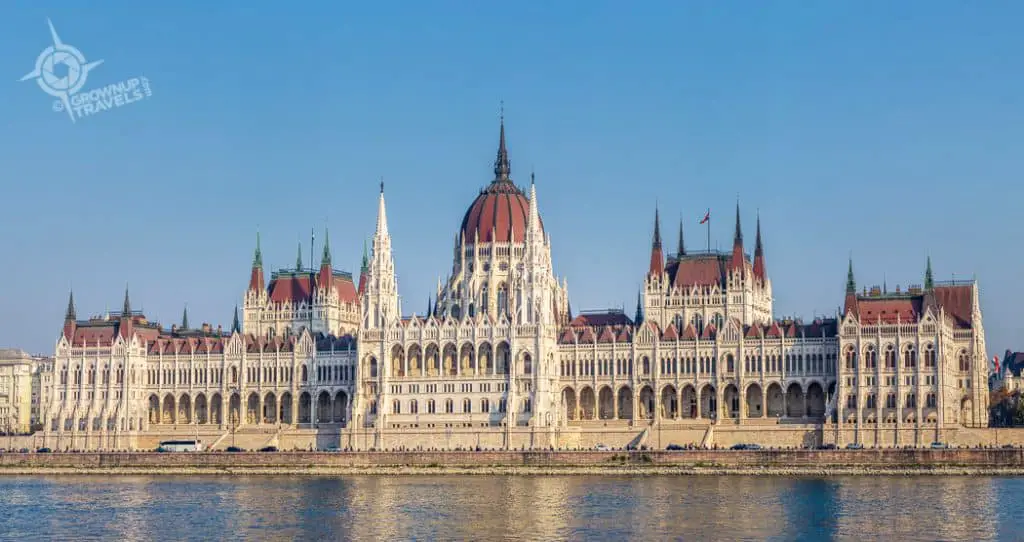
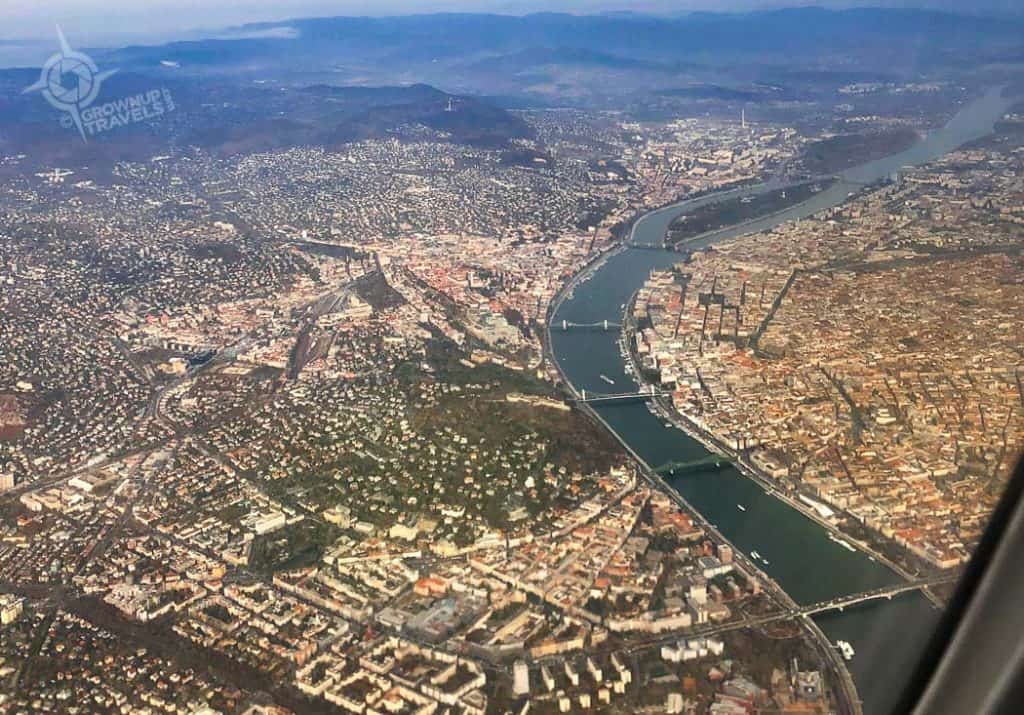
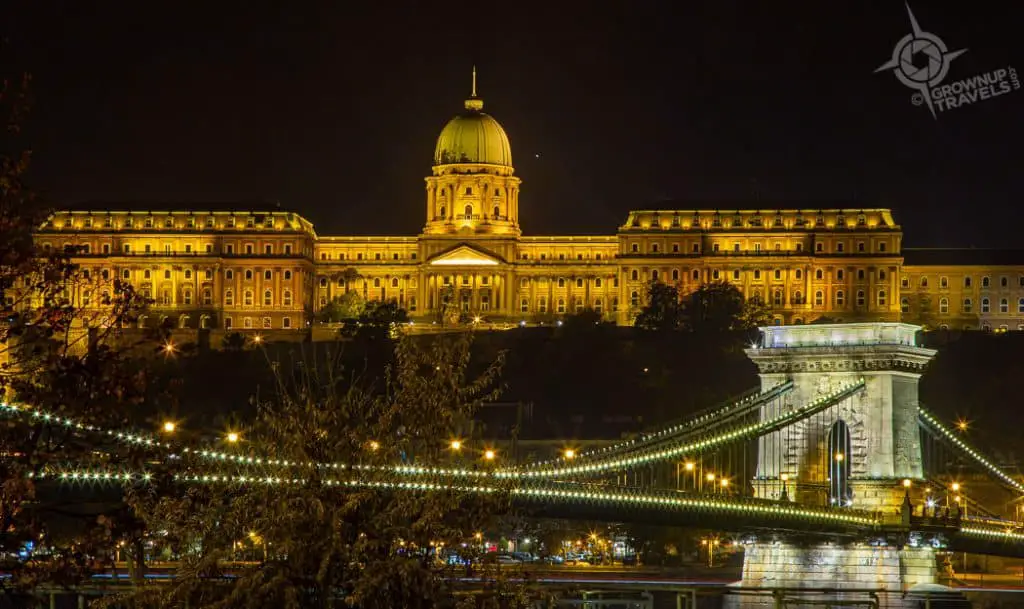
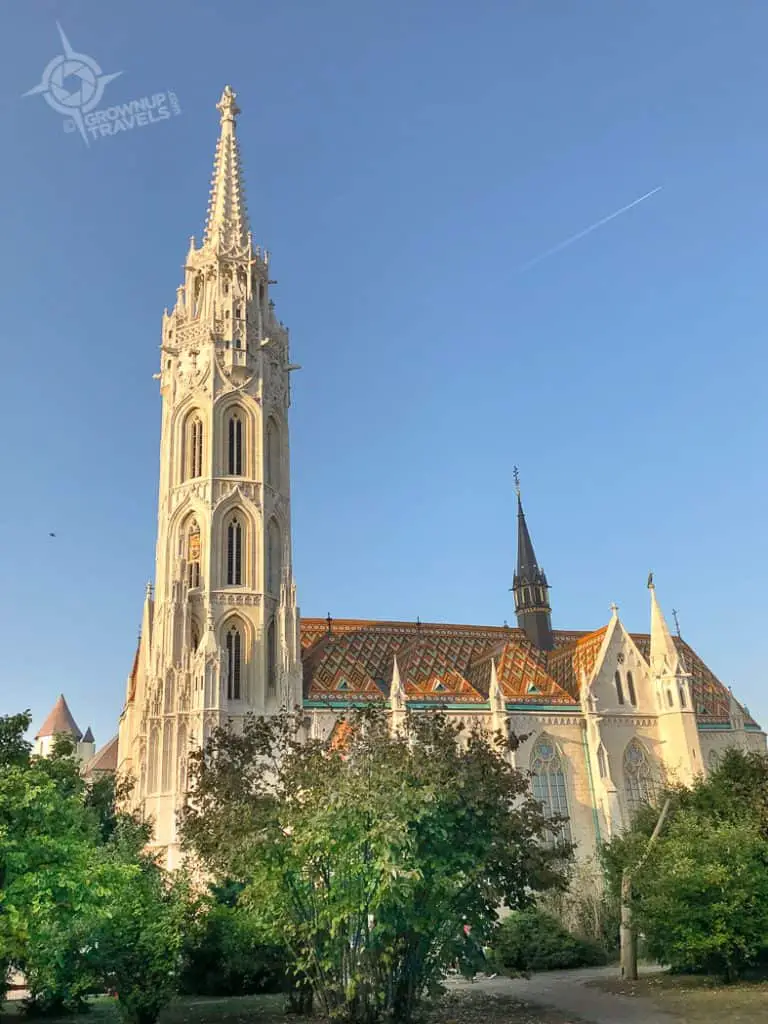
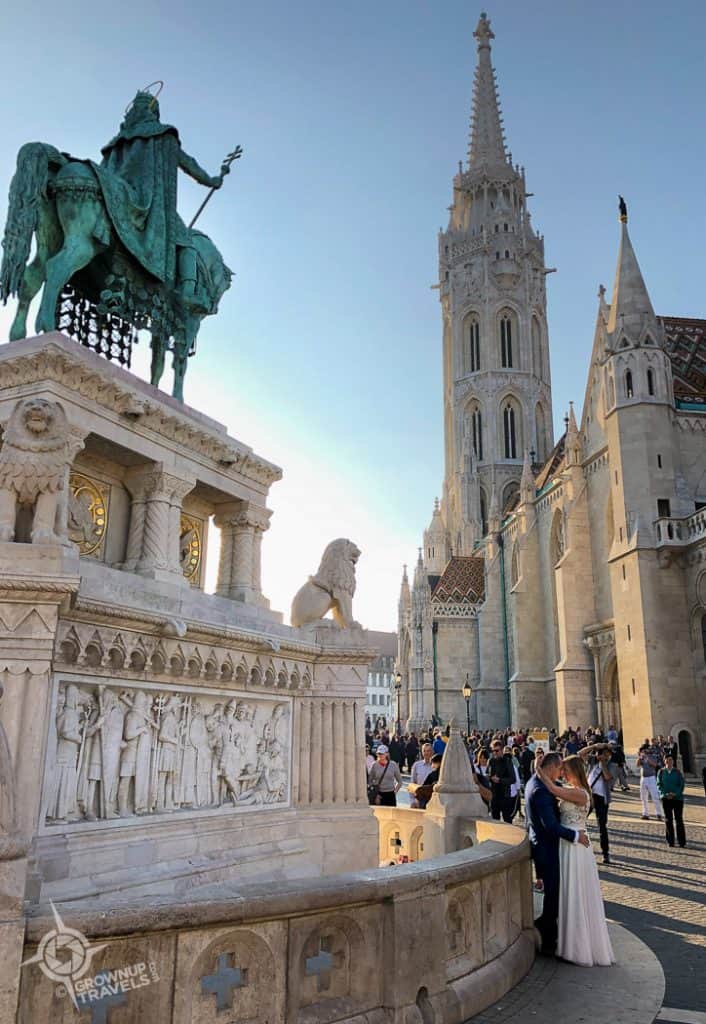
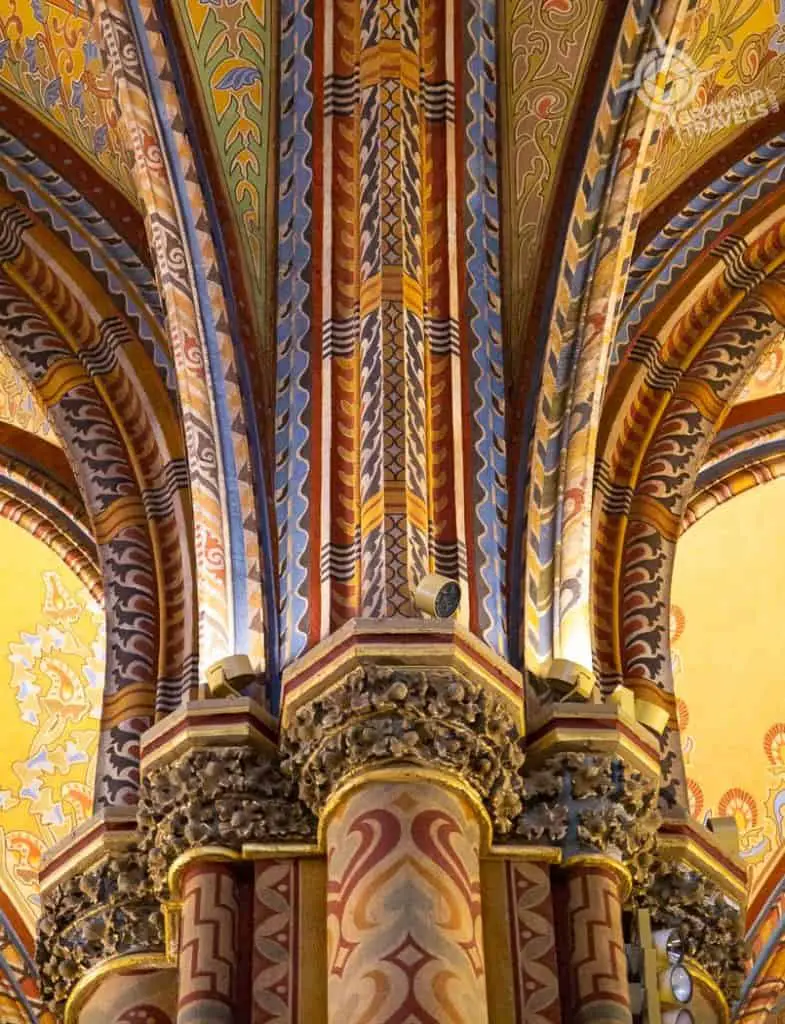
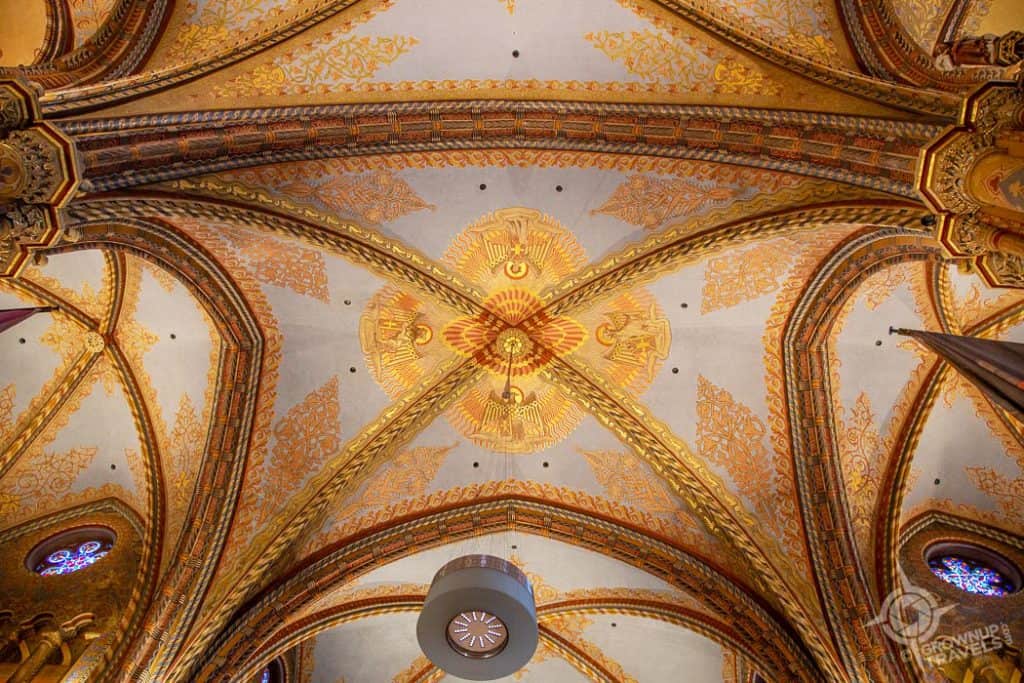

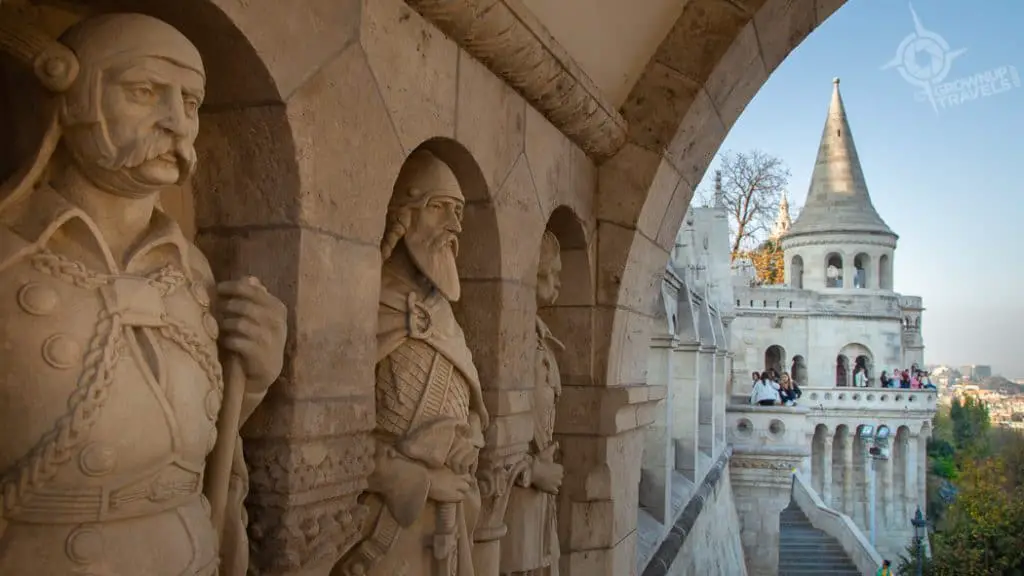

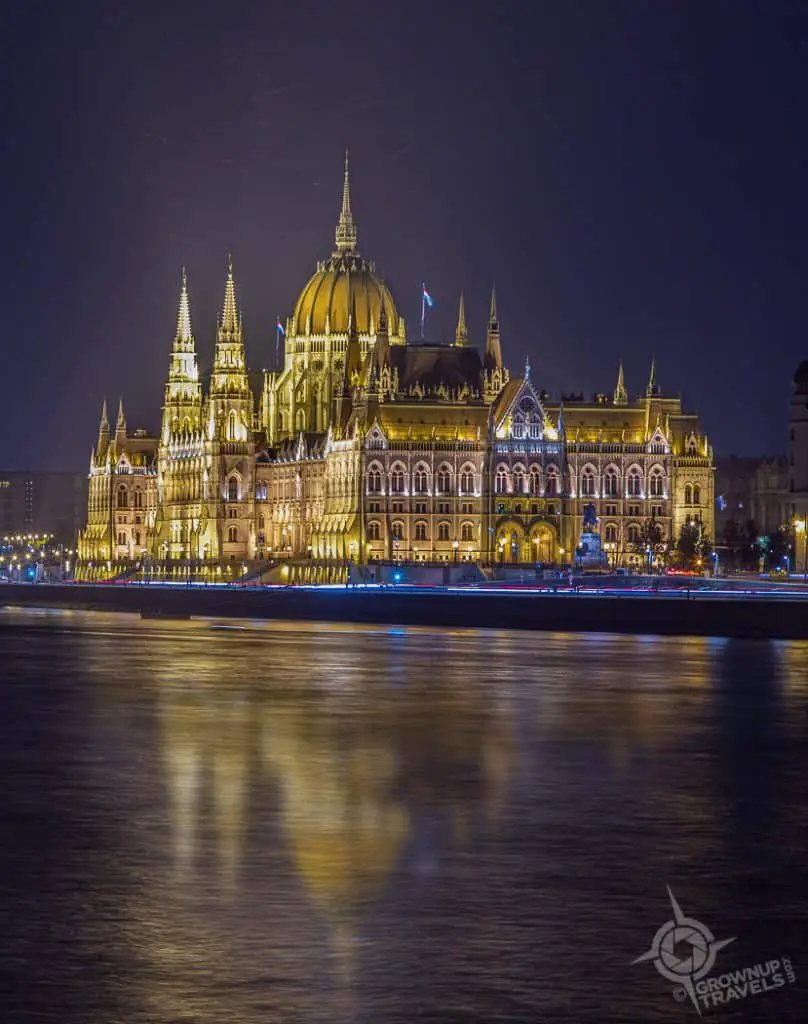

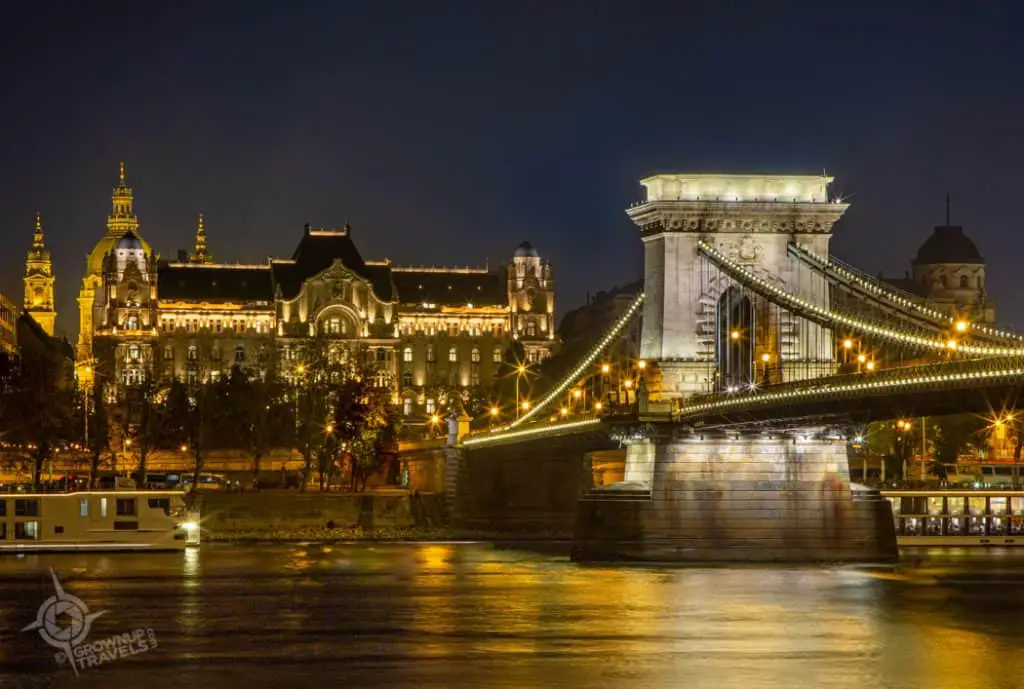
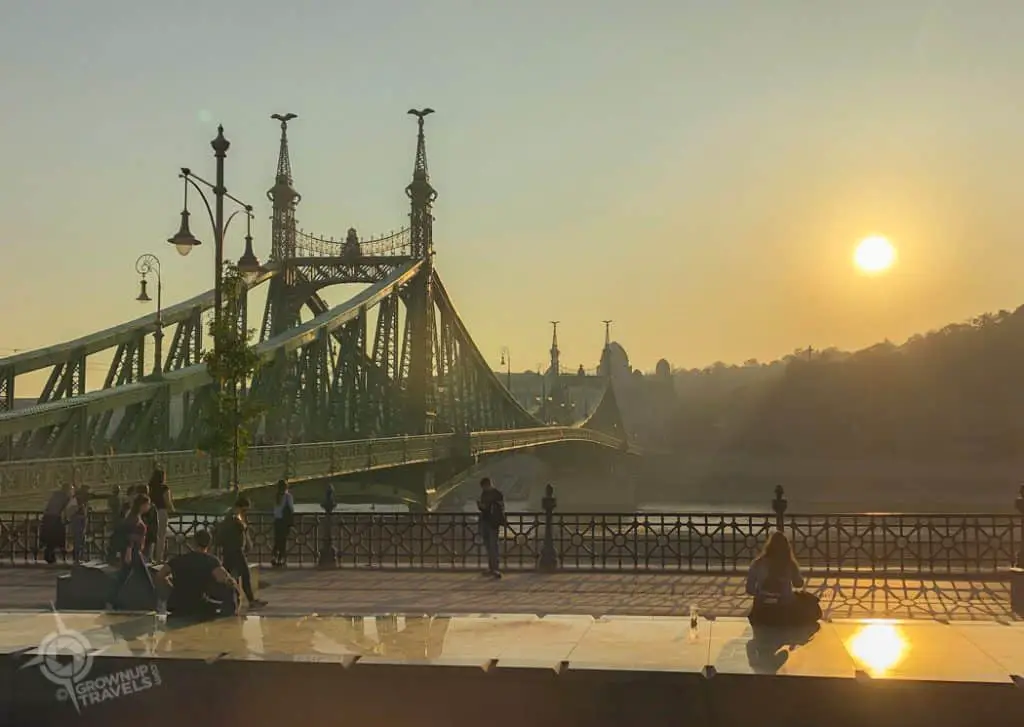
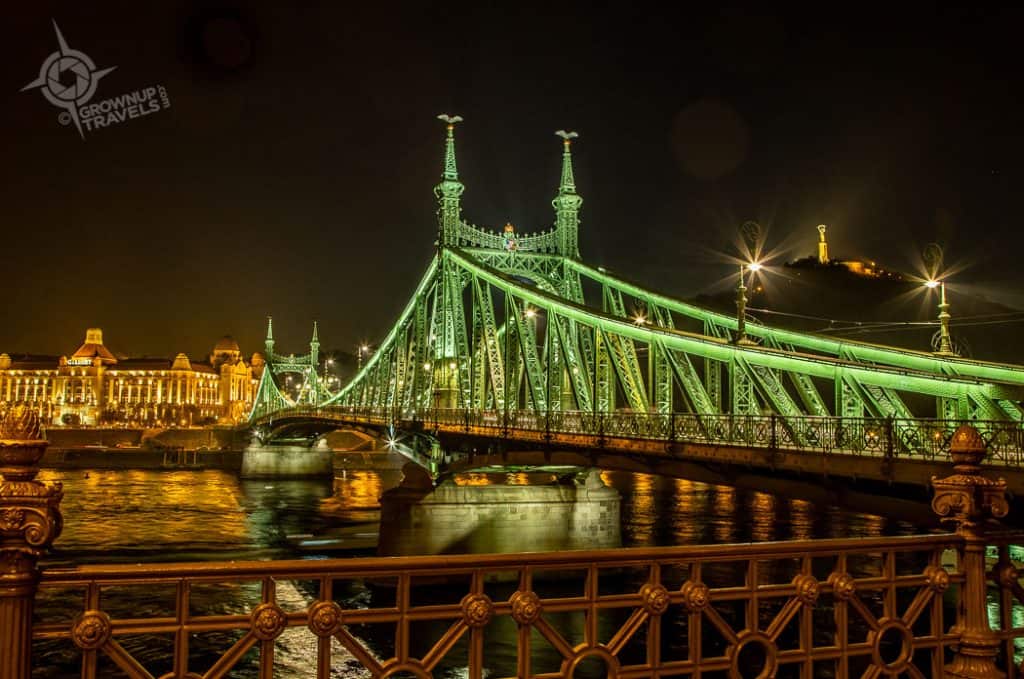
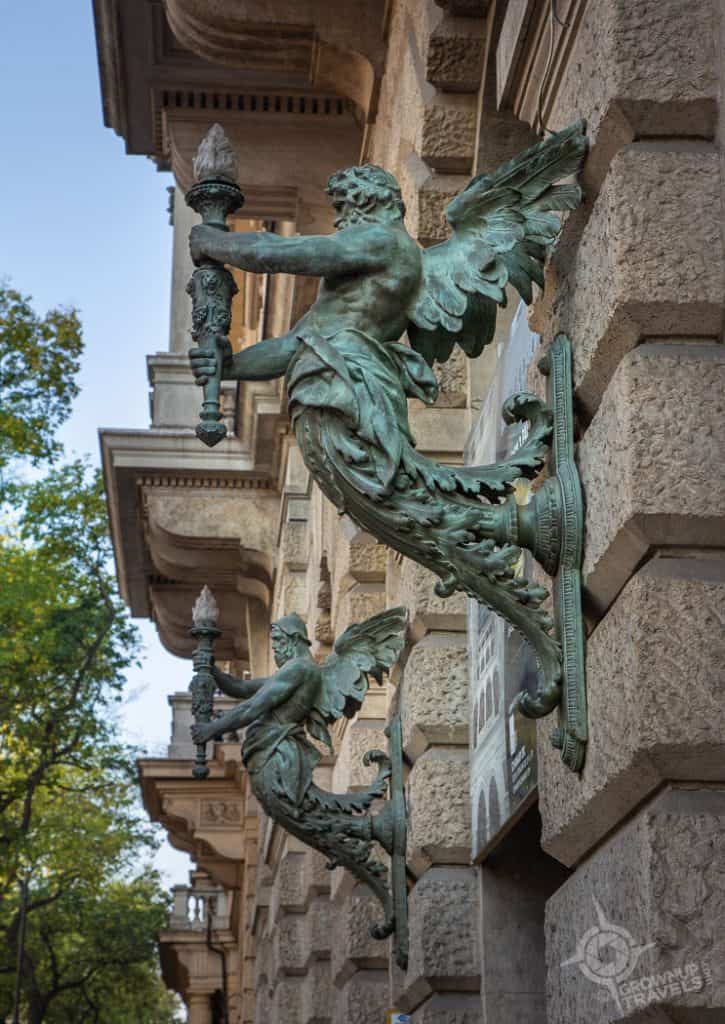

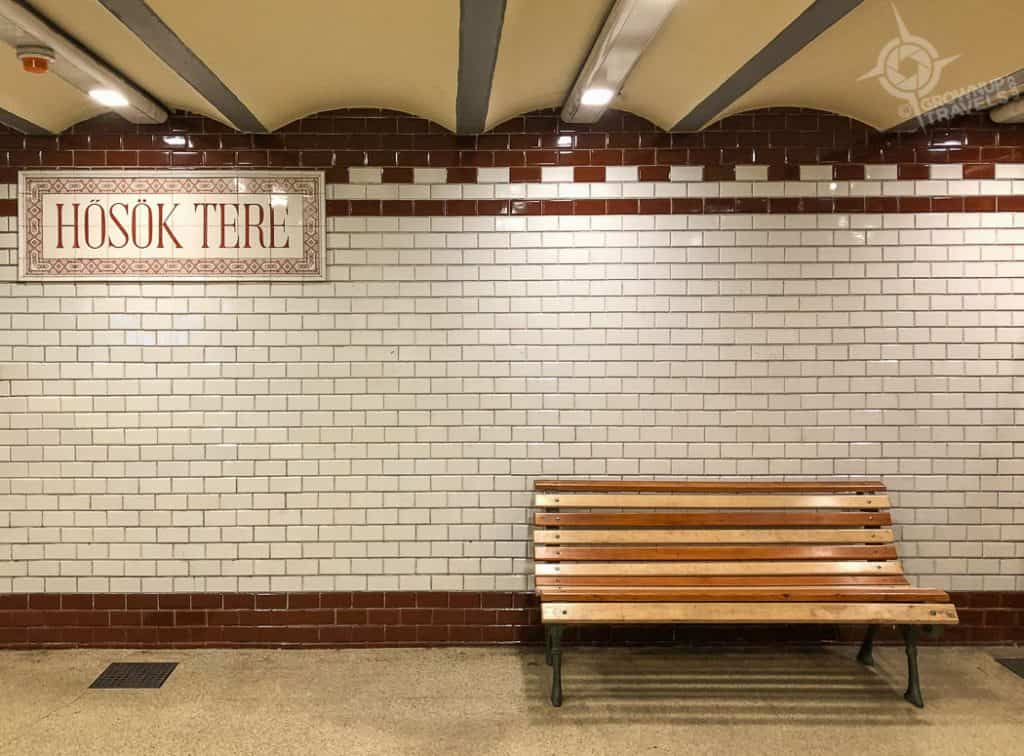
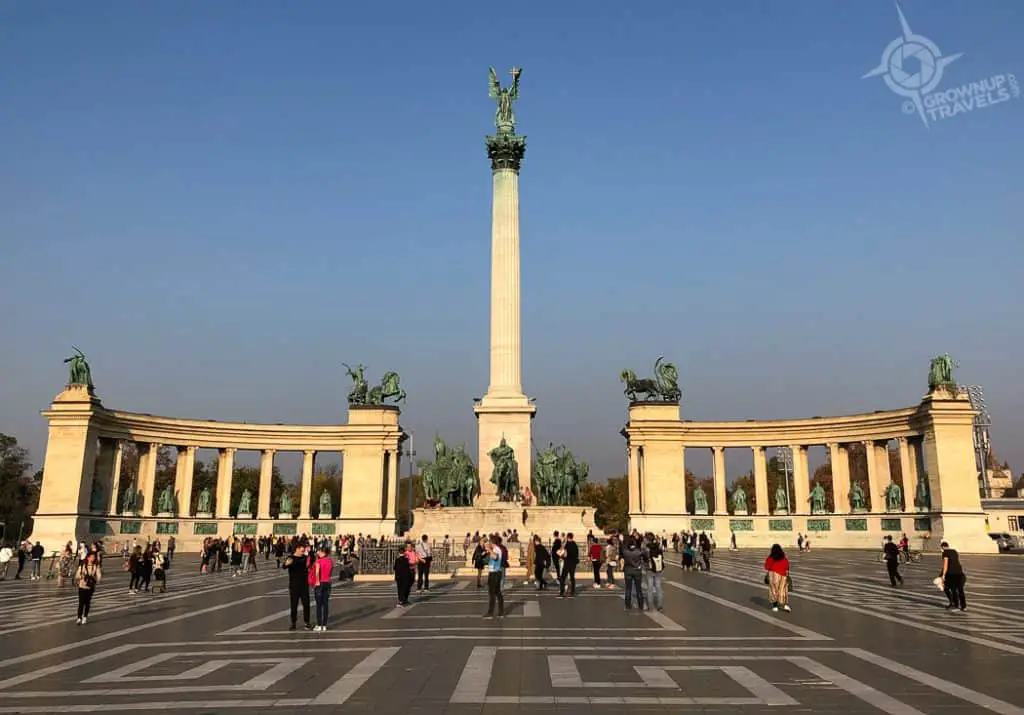
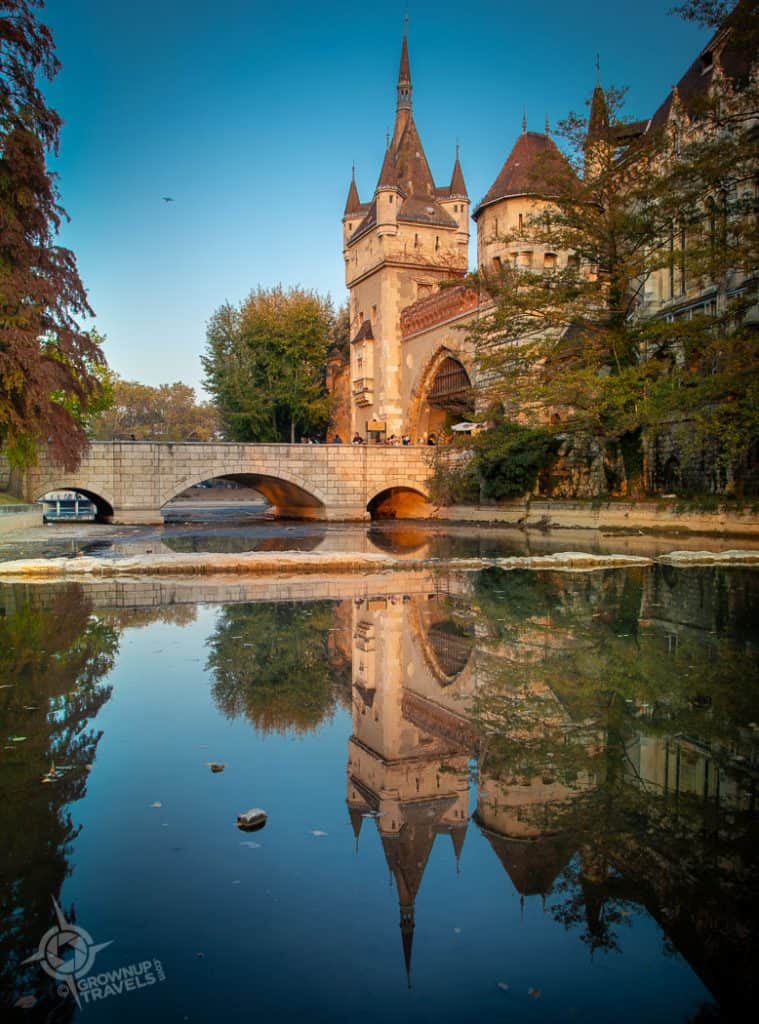
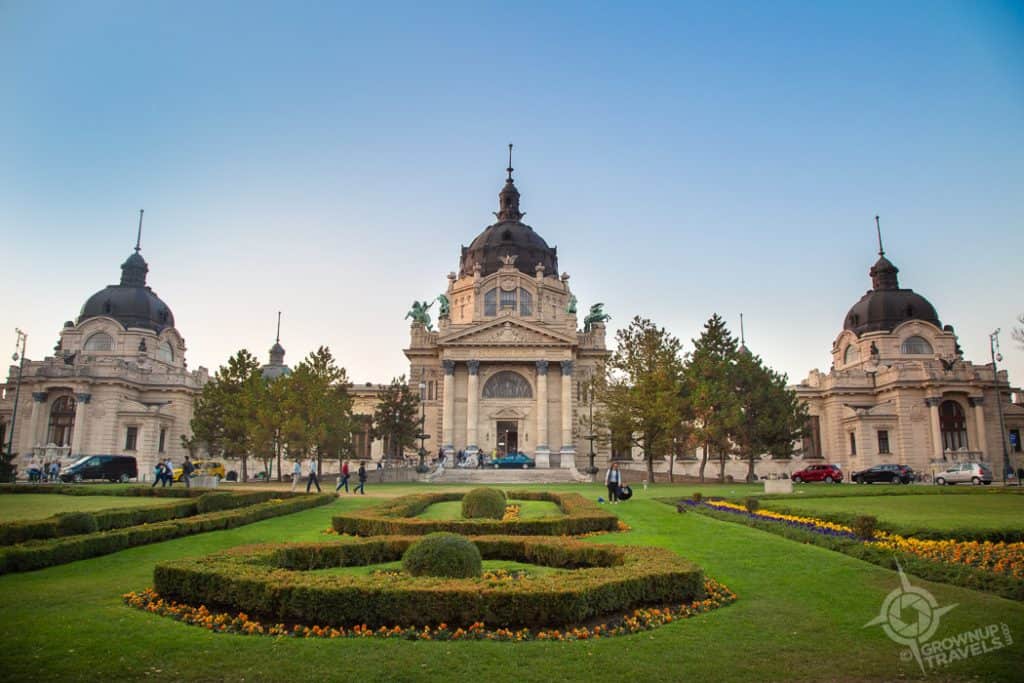
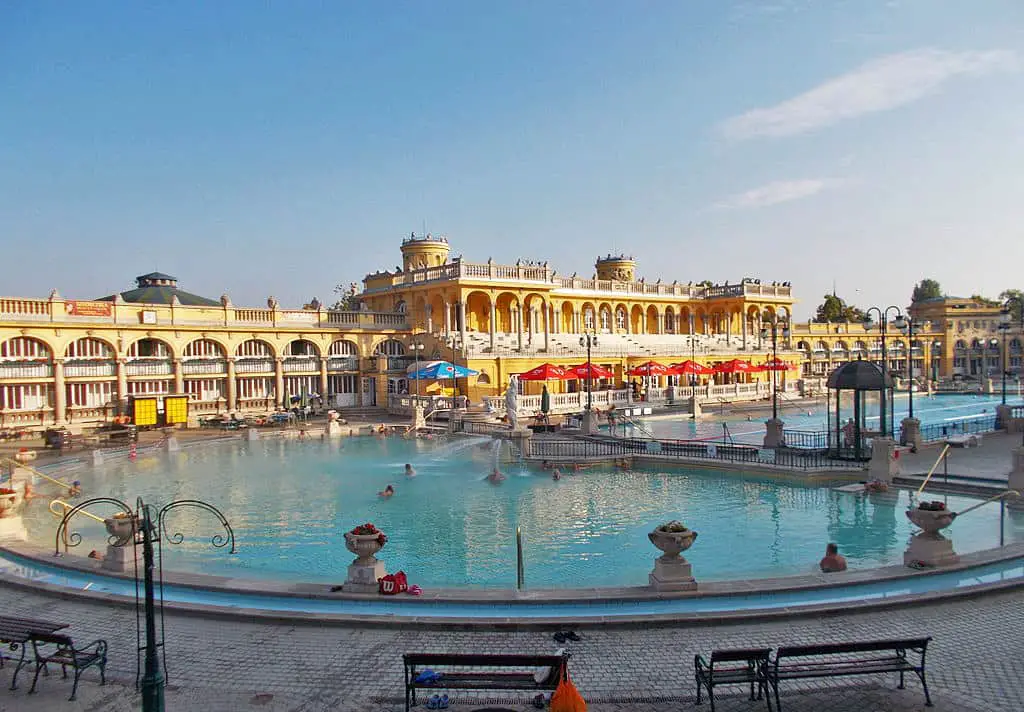
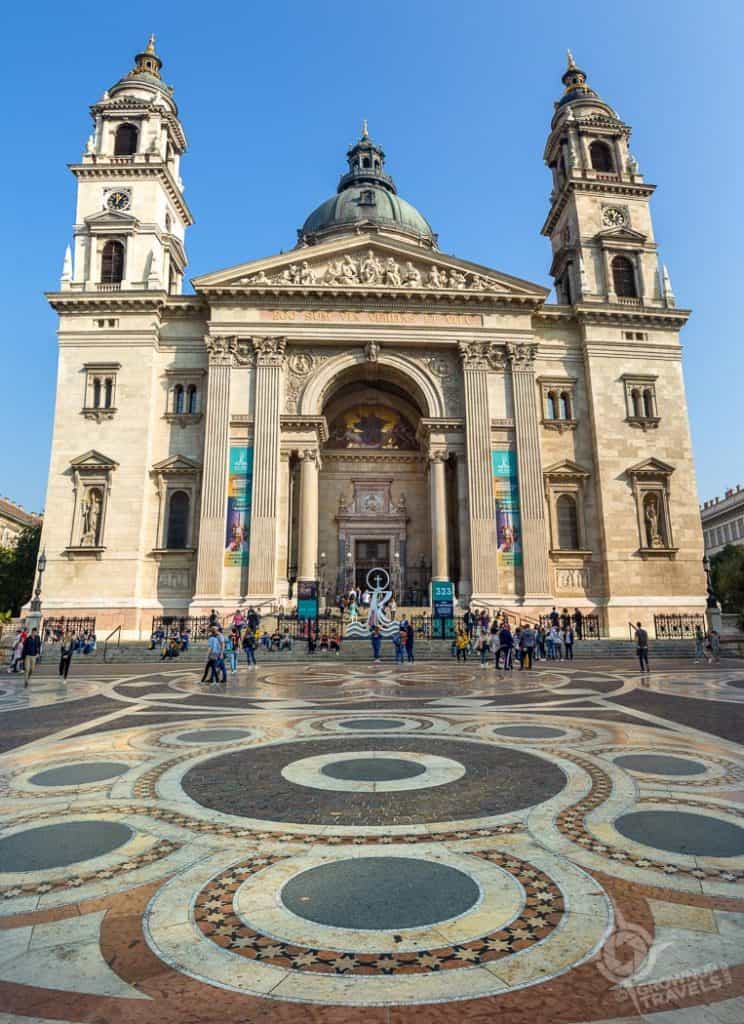
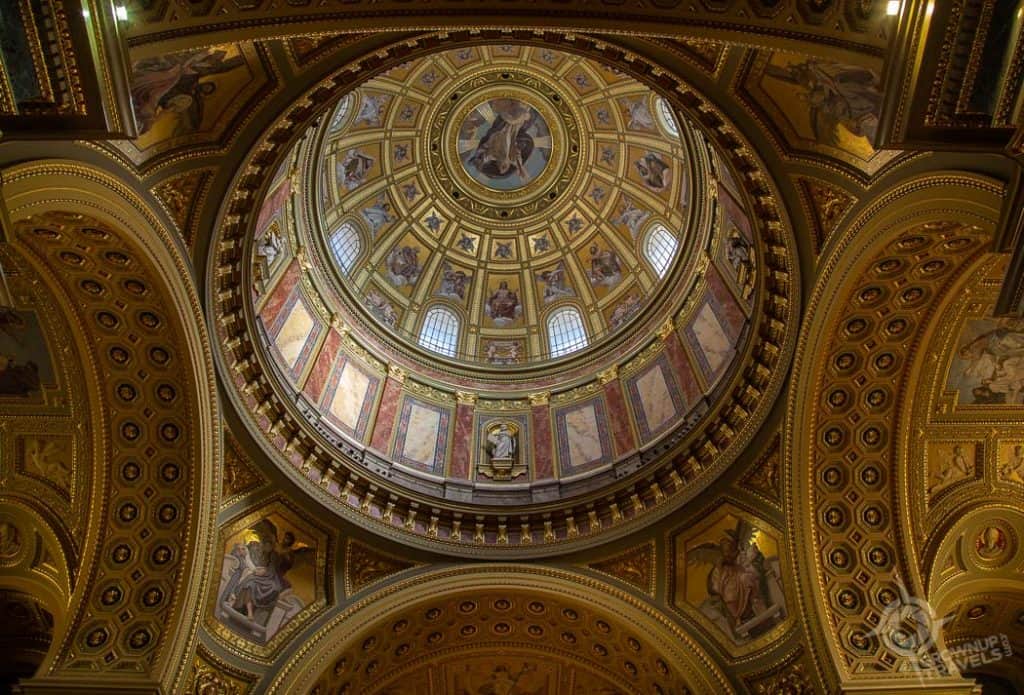
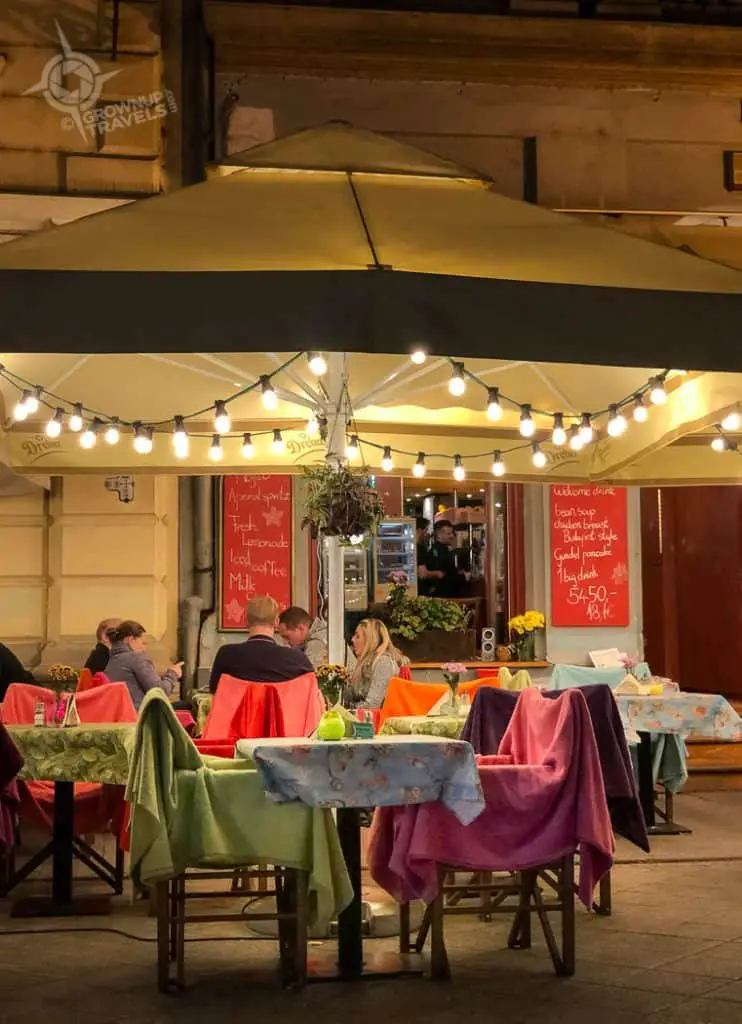
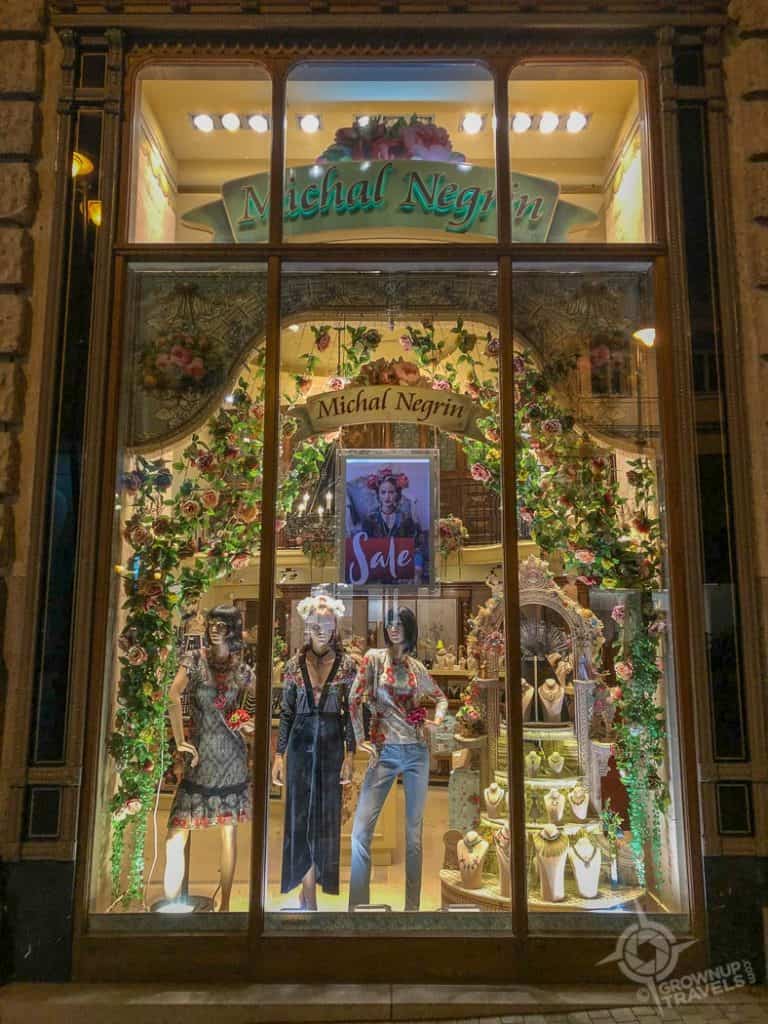
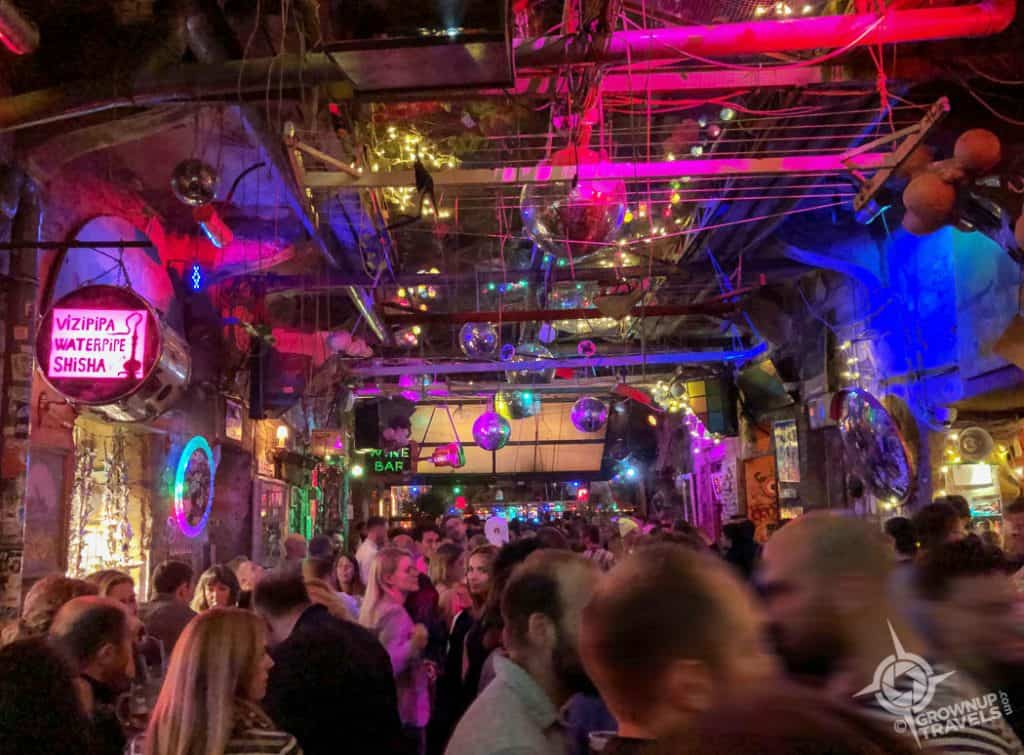
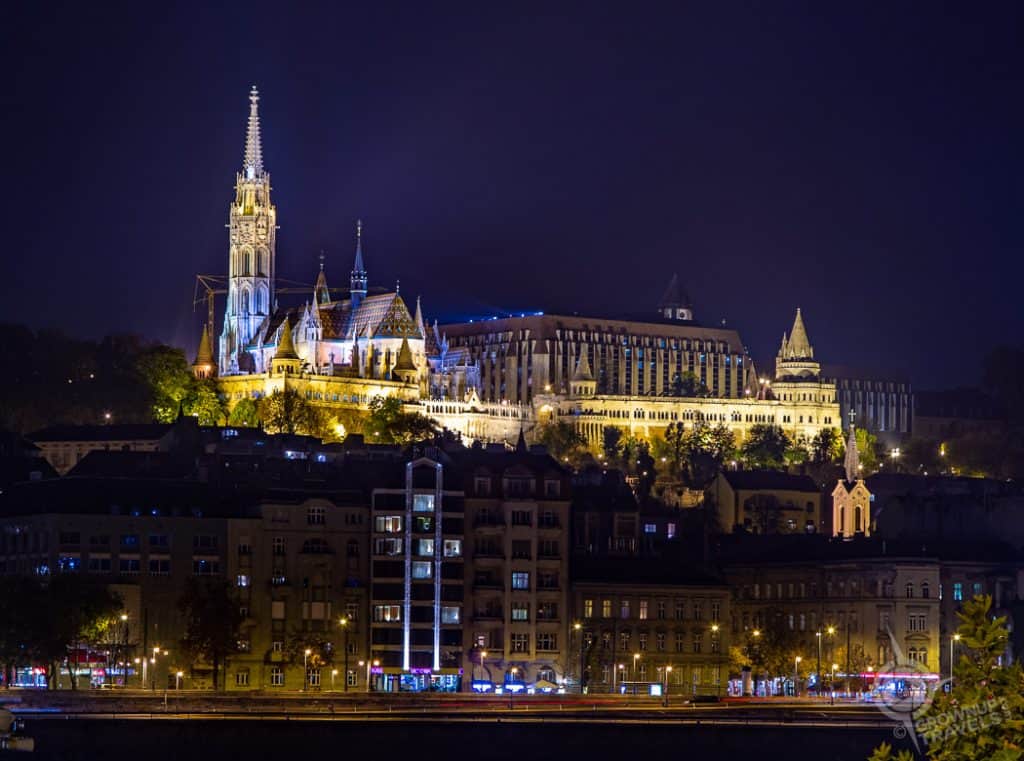
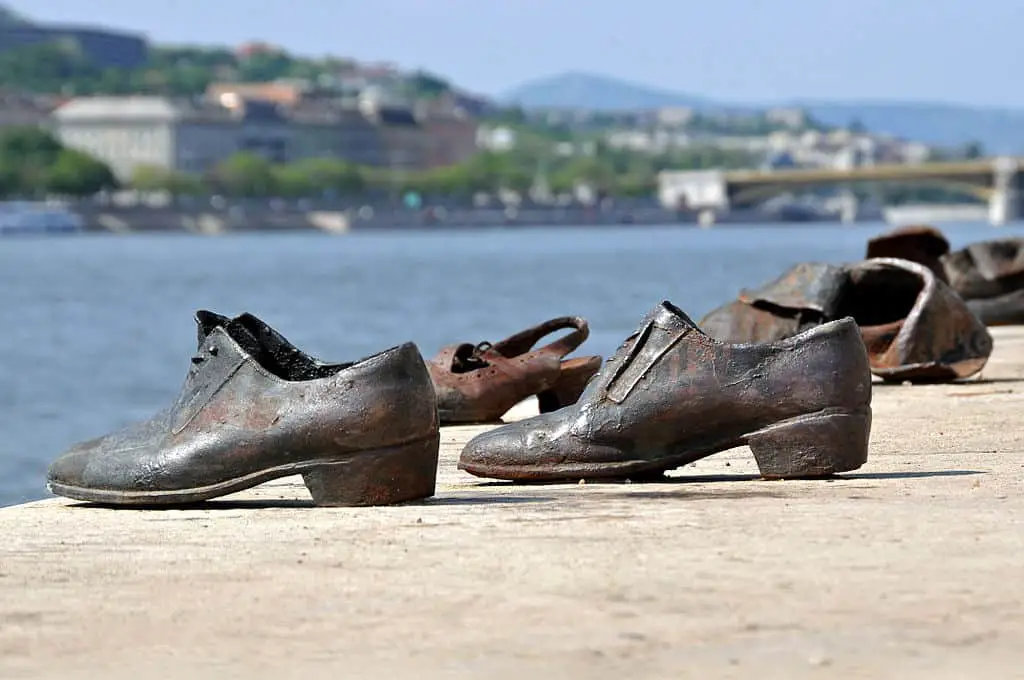

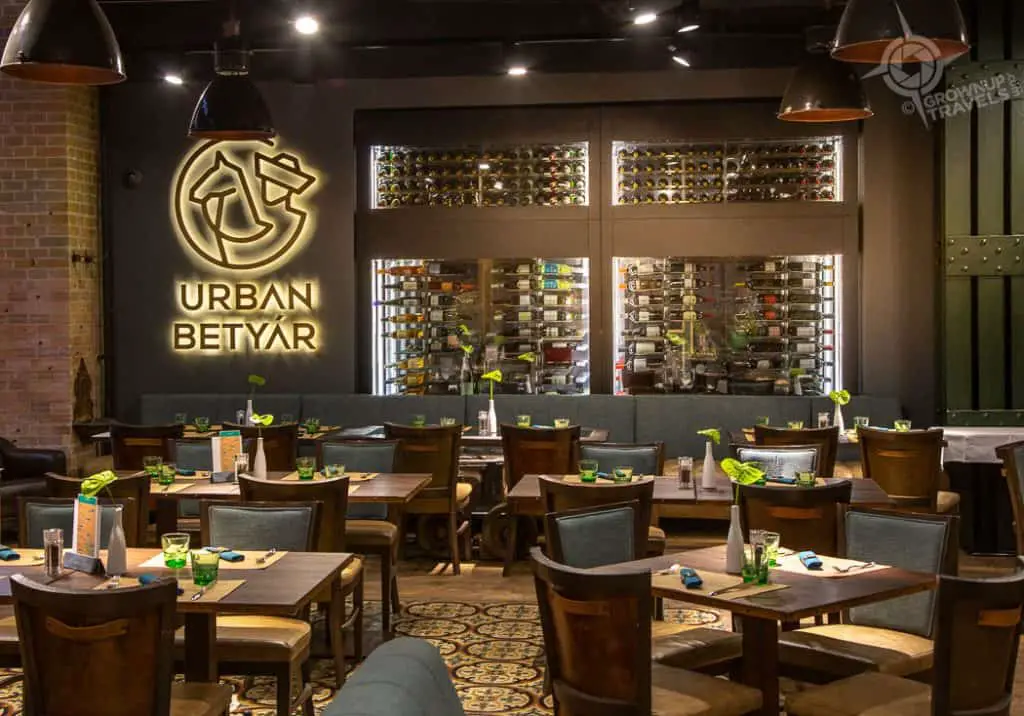
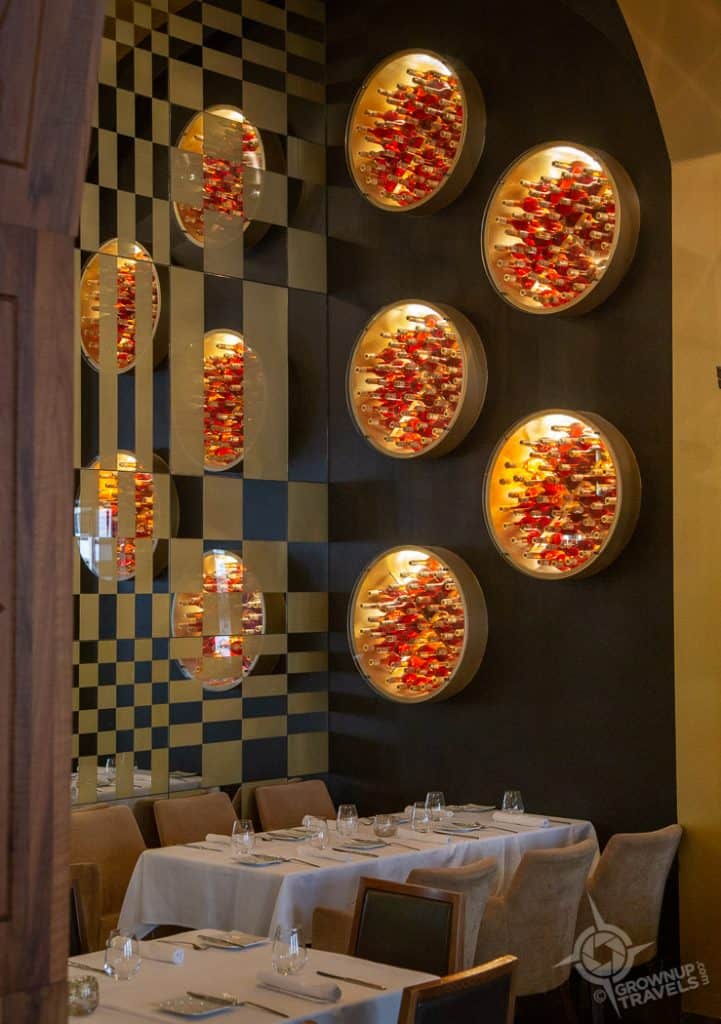

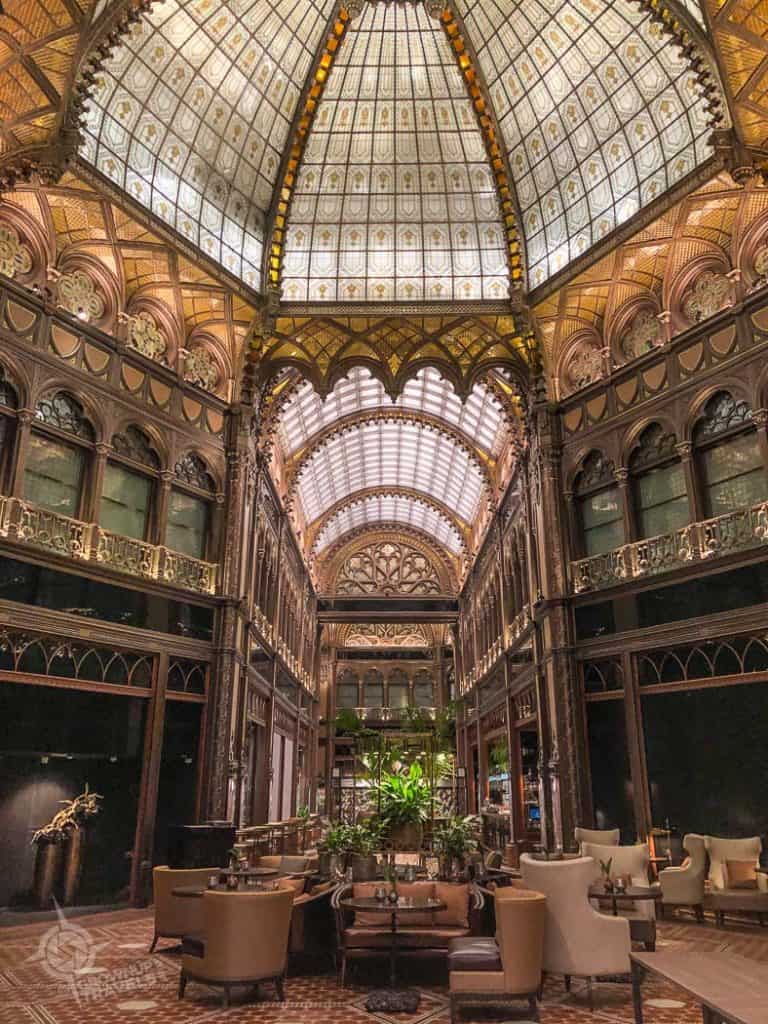
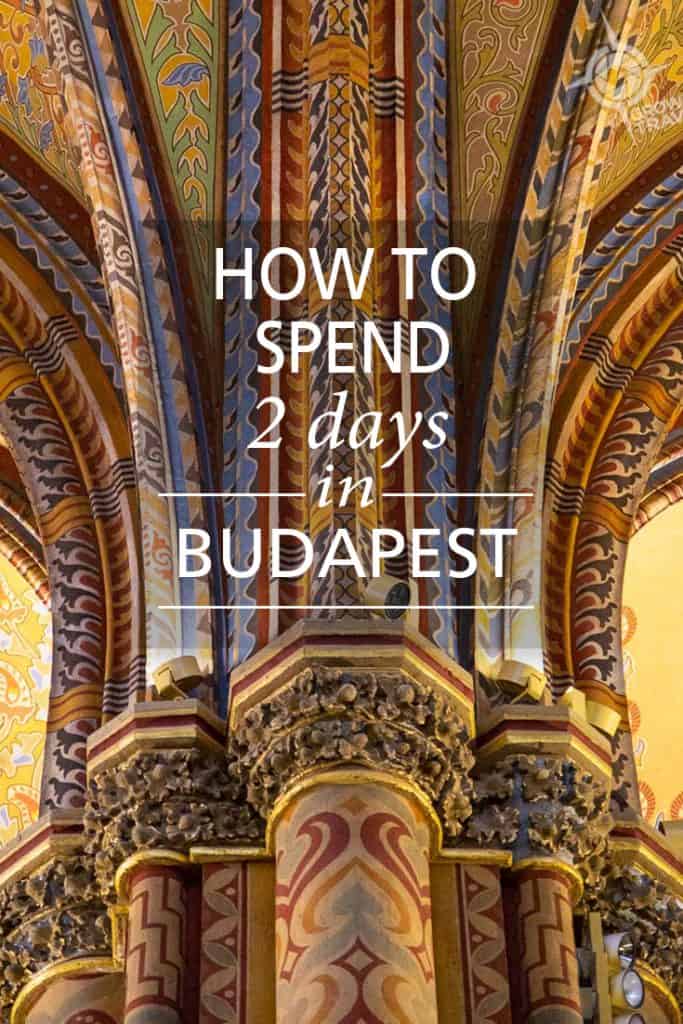
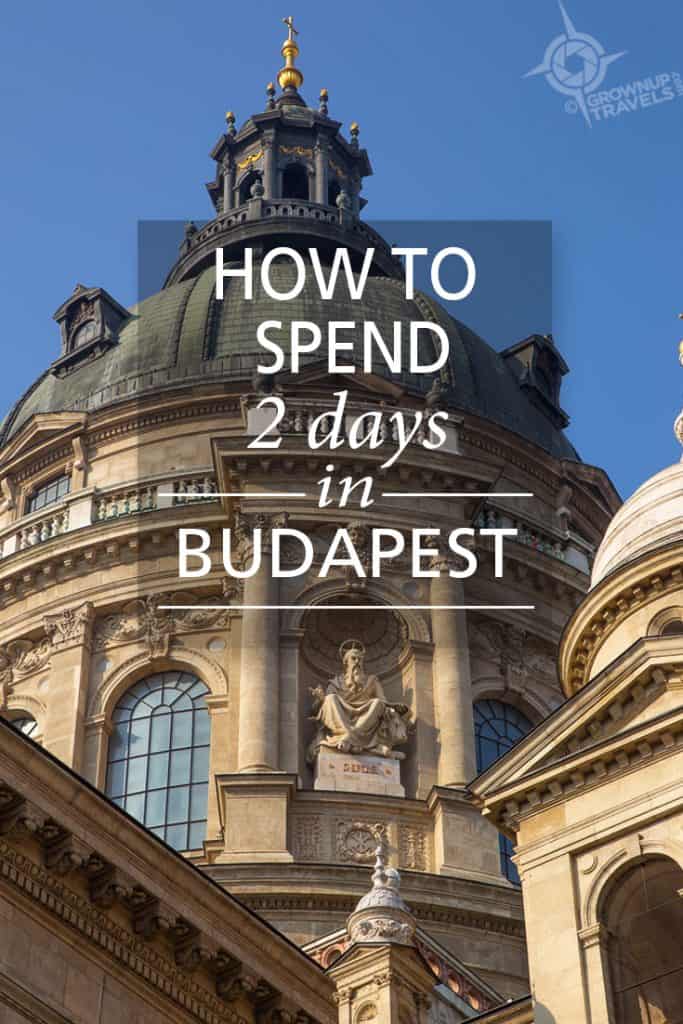











THank you for taking me to this beautiful city! Your descriptions and photos make we wish I could be there some day.
You’re very welcome Wanda. We loved Budapest (as you can probably tell!)
Who would have thought there are so many beautiful and wonderful places. We have no clue what is beyond our Canadian country. What a beautiful world we live in and dont know it. Thanks for the great pictures and stories.
Like the saying goes: “So many places, so little time!” 🙂